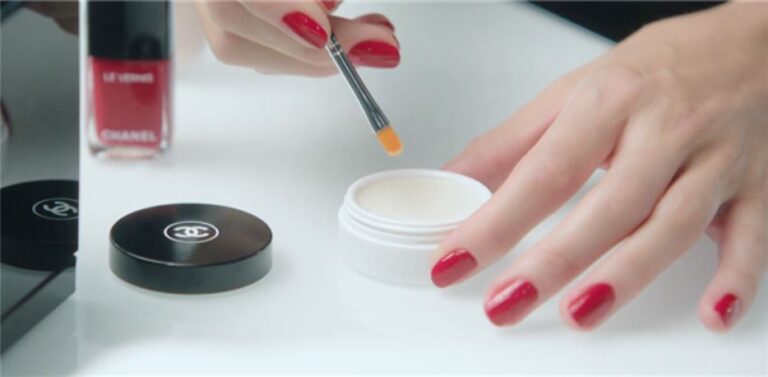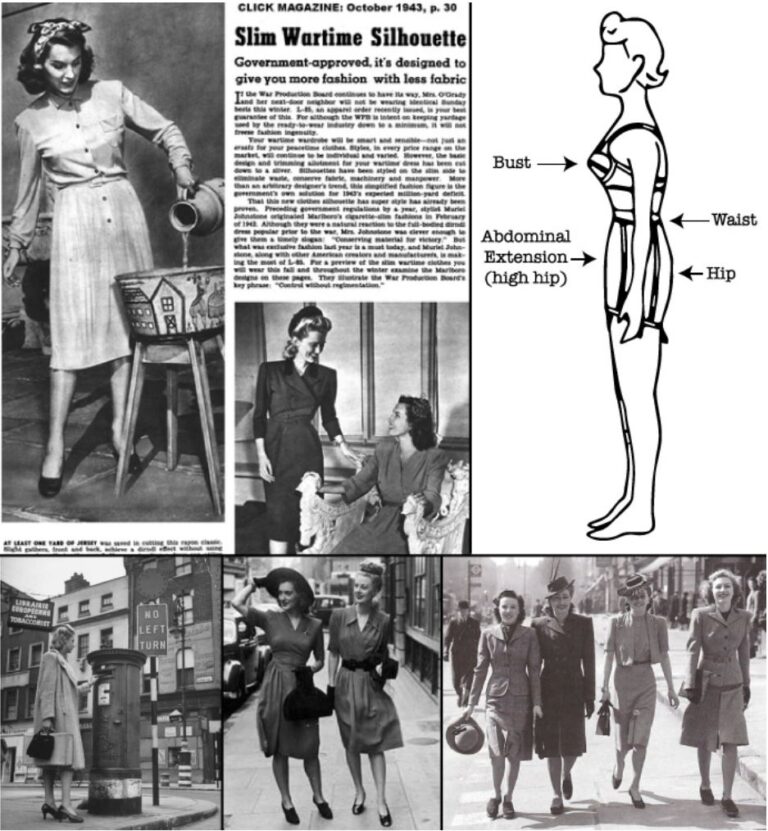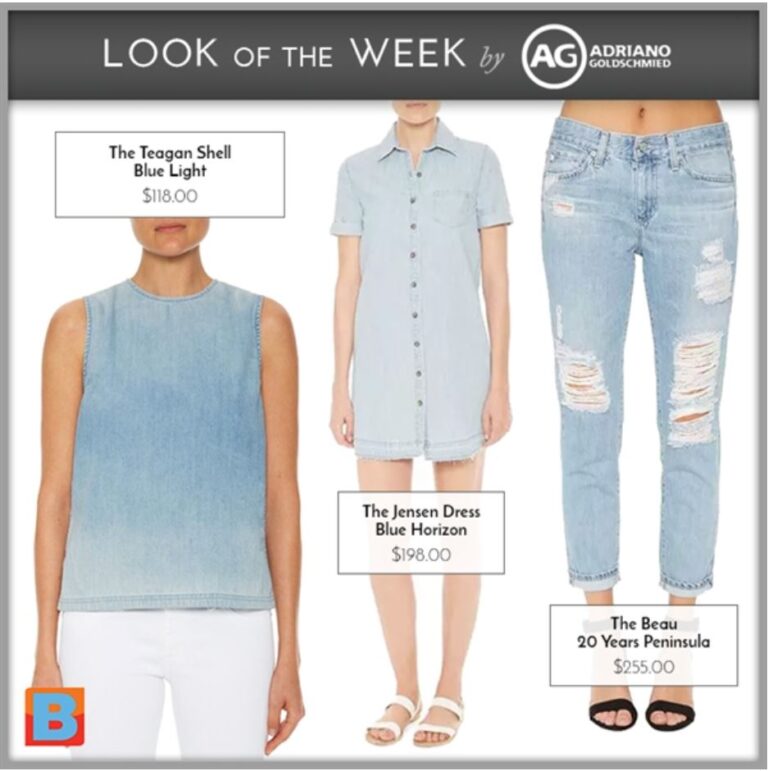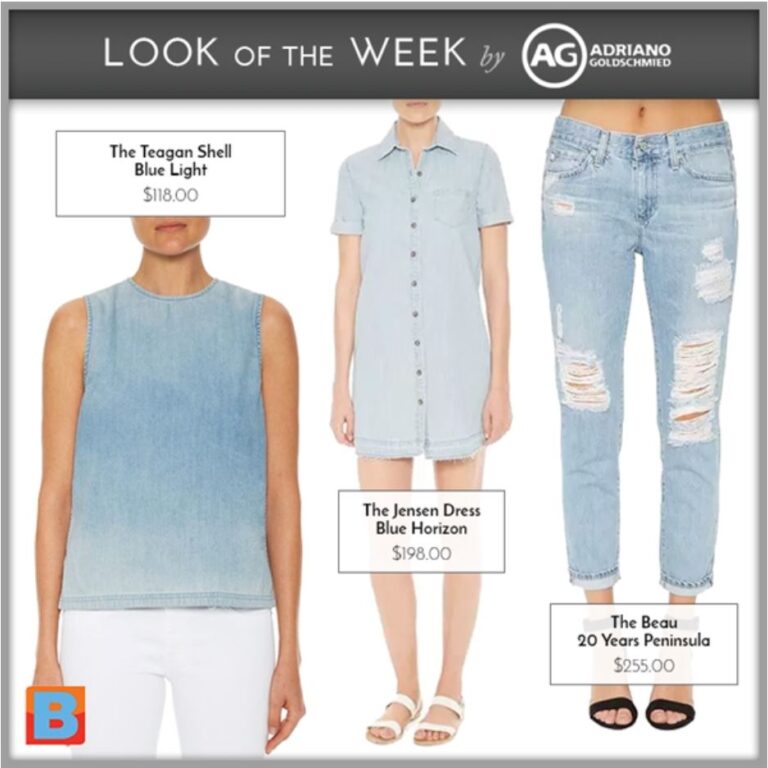The origins of the word sequin technically means ‘coin’ or ‘the mint’. We scoured the web to trace back the evolution of fashion’s shiniest embellishment.
Scroll through to see what we found!
EARLY BEGINNINGS
The history of using coins to decorate garments has long been linked to wealth; in the 13th century they were often sewn onto garments as a precautionary measure to keep them close to the body. By the 17th century, however, this tradition had taken on a purely decorative function with coins replaced by metallic discs known as ‘spangles’. Since then, the sequin has manifested itself in a number of different ways.

THE 19TH CENTURY
Over time, the word ‘spangle’ was replaced with ‘sequin’ in popular usage, which is believed to have begun in the 19th century.
In 1922, King Tutankhamun’s tomb was found and unveiled robes embellished with circular discs, which, although tarnished, still retained their intended metallic surface. These relics proved the Egyptians had used an early form of the sequin. The sensation caused by the tomb’s discovery sent the world’s media into a spin. Egyptian apparel appeared everywhere, from interior design, film to fashion. Sequins made a major comeback as a result – as evidenced by this sparkling Coco Chanel gown, worn by actress Alden Gay and captured by Edward Steichen.

1970’s
An article about disco was published in Rolling Stone magazine in 1973, and thus disco was born. Sequins, and it’s metallic surface became a motif for disco goers.
Today sequins are typically worn around the holidays and New Years Eve. But, nothing as prevalent as they were in King Tut’s days.

























